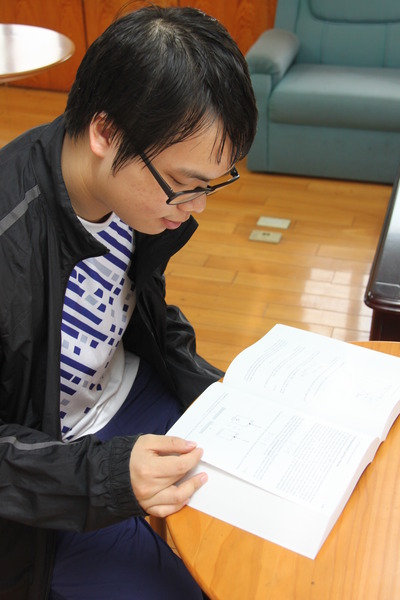Admission
More information please refer Office of International Affairs.Enrollment






Introduction
National Central University is a partner university of the University System of Taiwan. The NCU Institute of Astronomy operates the Lulin Observatory which is the main center for astronomical research and education in Taiwan. It has a comprehensive course program in astronomy and astrophysics.
Curriculum
Observational astronomy、Stellar atmospheres and structures、Stellar formation and evolution、Galactic astrophysics、Large scale structure and cosmology、Theoretical astrophysics、Solar system and Exoplanets
Facility
The optical telescopes at Lulin Observatory include LOT ( one-meter telescope), SLT (40-cm) and L35 (35-cm) telescopes, plus a set of four 50-cm wide-field telescopes. A two-meter telescope is to be set up in 2016. In scientific operation, besides a number of standard CCD camera, there are a four-color simultaneous camera, a three-color photopolarimetric camera, a low-resolution spectrograph, an infrared camera.
Research Areas
Large-scale structure, dark matter, extragalactic astronomy, galactic clusters, gamma ray bursts, X-ray binaries, variable stars, stellar evolution, interstellar medium, stellar formation and evolution, stellar clusters, exoplanets, comets, asteroids, Kuiper belt objects, planetary atmospheres, high-energy astrophysics, cosmic rays...
International Cooperation
The NCU Institute of Astronomy participates in a number of international projects including the Pan-STARRS project organized by the University Hawaii, the Palomar Transient Factory project organized by the California Institute of Technology, the TAOS project is a joint collaboration with ASIAA (Institute of Astronomy and Astrophysics, Academia Sinica). Through ASIAA, we can have access to a number of major international facilities including ALMA, CFHT, and Subaru. We are also involved in planetary missions like Mars Express to Mars, Cassini to Titan and the Saturnian system, Rosetta to comet 67P and the BepiColombo mission to Mercury.
